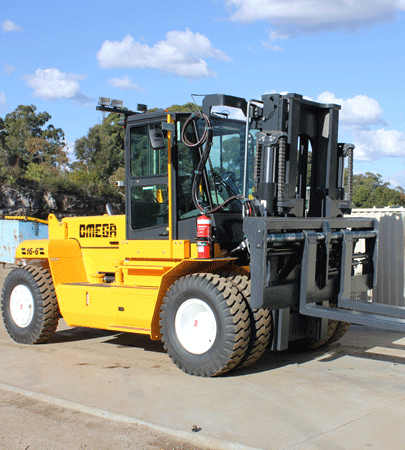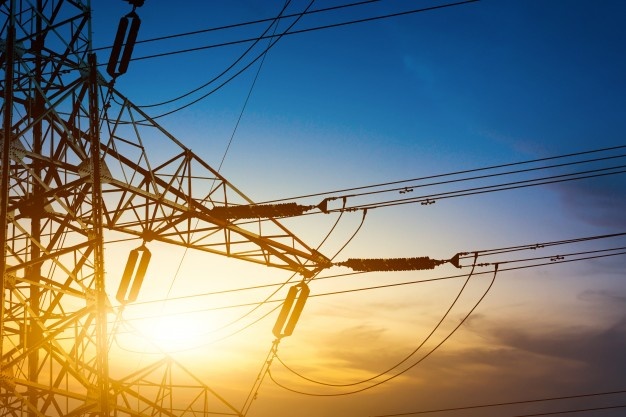As Nigerians continue to grope in darkness, experts say that diversifying the country’s energy mix to include coal-to-power projects can add a further 4,300MW to its electricity power generation for 20 years, with its proven coal deposits estimated at about 2.8 billion metric tons.
“At the calorific value of coal in the Anambra basin (Enugu, Anambra, Benue and Kogi), 3.2 million tonnes of coal is required to generate 1,000MW per year. A typical coal fired power plant is designed to last for a minimum of 20 years. This means that 2.8 billion metric tonnes can sustain 4,375 MW”, said Bath Nnaji, a professor and former Minister of Power and Chairman, Geometric Power Limited.
According to Nnaji, a-1,000MW coal-fired power plant costs about $1.7 million to $2 million to set up and it takes approximately three years to set up.
“Nigeria should definitely make use of coal as a source of fuel. Nigeria needs enough base load power – that is power that is industrial and stable. The main sources of such power are large hydros, natural gas and coal. There is a need to have a fuel mix, in order to have stable and reliable power supply in Nigeria’, said Nnaji.
“If you look at the history of power supply in Nigeria, the question is not whether Nigeria should introduce coal-to-power into its energy mix, but rather the question is, should Nigeria turn back to coal because coal was the primary fuel the country used to generate electricity many years ago”, said Omorodion Uwaifo, a veteran engineer and power expert.
Uwaifo said that Nigeria is in dire need of power supply that is stable and constant, which makes a case for a large coal-fired power plant in the grid. But despite the electric power conundrum, some experts say the country should tread with caution in its deployment of coal-fired power plants.
“Of course, it is an option to add coal to Nigeria’s energy mix, as the country has high quality coal deposits but the question is to what extent and at what price”, said Christine K, Director Nigeria Office, Heinrich Böll Foundation.
According to Christine K, “what you need to calculate the cost of coal power is the external cost of producing it. These costs are not usually calculated into the cost of a coal power project in Nigeria. The real cost of a coal power project should include economic cost, environmental cost, social cost, and human rights cost.
If you want to invest in an infrastructure for a coal power project, you are locking it down for the next 30 years – that is 30 years of carbon emissions in Nigeria. Nigeria has signed to the Paris agreement. The country, by its own commitment, should be looking for low carbon development options. Gas is one of them”, she added.
However, Uwaifo feels that all the fears expressed by the Western countries who discourage Nigeria from deploying coal-fired power plants are unwarranted.
“There are latest technologies for firing coal that is not as bad as it used to be. As we speak, the US generates about 30 percent of its power from coal – that is more than what Nigeria can consume in the next 50 years, at the current rate. Apart from the US, other countries use coal to satisfy a great percentage of their energy needs; South Africa – 93 percent, Poland – 87 percent, China – 79 percent, Australia – 78 percent amongst others” Uwaifo said.
On the impediments to the power sector in Nigeria, Nnaji said the government must follow through on the 2010 Power Reform Roadmap; implement cost reflective tariff, show respect for the sanctity of agreements and ensure discipline in enforcing agreements between government and power and power related asset owners.
“Government should regionalize the grid operation while maintaining a national grid, and also encourage embedded power in ring-fenced clusters to ensure more efficient management and delivery”, Nnaji added.





